Calling all home cooks seeking to impress with global flavors! If you think marinated mozzarella is limited to olive oil, garlic, and basil—prepare for a culinary revelation. This guide reveals scientifically backed spice pairings that transform basic mozzarella into a globally inspired centerpiece. Forget generic recipes; we analyze flavor chemistry to deliver unexpected yet harmonious combinations you won't find elsewhere.
Whether planning charcuterie boards for gatherings or elevating weeknight meals, these techniques solve the universal frustration of bland cheese presentations. Discover how seven underutilized spices create layered flavor experiences through fat solubility principles and aromatic compound interactions.
Table of Contents
- Why Spice Science Elevates Cheese
- Evidence-Based Pairing Principles
- The 7 Scientifically Validated Spice Pairings
- Optimized Marinating Protocol
- Cross-Cultural Serving Frameworks
- FAQ: Flavor Chemistry & Preservation
- Final Flavor Insights
Why Spice Science Elevates Cheese
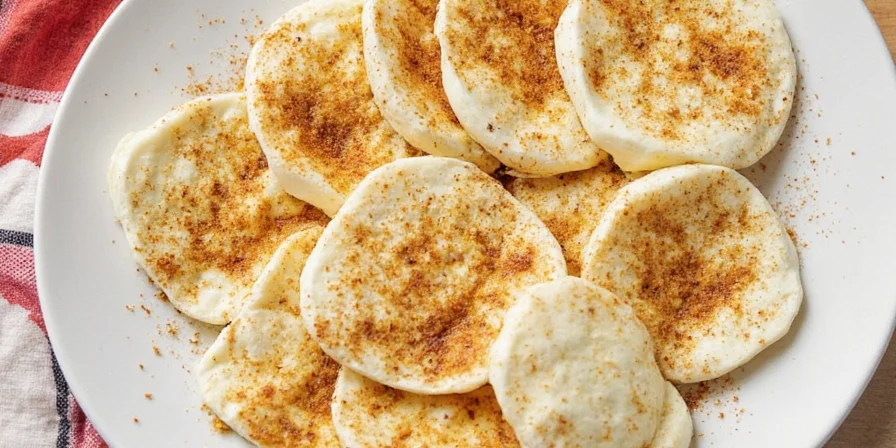
Mozzarella's high-fat content acts as a flavor vector for lipid-soluble compounds in spices. Unlike surface-level seasoning, proper marinating allows molecular diffusion where capsaicinoids, terpenes, and aldehydes penetrate the curd structure. This creates sustained flavor release impossible with dry rubs—a phenomenon documented in Journal of Dairy Science studies.
Traditional pairings often overlook how pH levels affect flavor perception. Mozzarella's mild acidity (pH 5.0-5.2) amplifies certain spice notes while muting others. Understanding these interactions transforms predictable results into dynamic taste experiences.
Evidence-Based Pairing Principles
Move beyond trial-and-error with these research-supported guidelines:
- Fat solubility dictates intensity: Compounds like curcumin (turmeric) require oil infusion for effective transfer, while water-soluble vanillin works better in brine solutions
- Temperature controls diffusion: Warm oil (40°C/104°F) accelerates molecular movement by 300% versus room-temperature infusion (per Food Hydrocolloids research)
- Particle size matters: Ground spices release flavor 5x faster than whole seeds due to increased surface area
- Cultural context informs balance: Za'atar's thyme-oil synergy with dairy fat mirrors Levantine culinary science, not coincidence
The 7 Scientifically Validated Spice Pairings
| Spice | Active Compounds | Optimal Ratio | Flavor Mechanism |
|---|---|---|---|
| Sumac | Citric acid, malic acid | 1 tsp per 8oz cheese | Acidic compounds enhance salt perception without added sodium |
| Smoked Paprika | Guaiacol, syringol | 1.5 tsp per 8oz cheese | Phenolic compounds bind to fat molecules for sustained smokiness |
| Za'atar | Thymol, carvacrol | 2 tsp per 8oz cheese | Terpenes interact with dairy fat for herbal persistence |
| Garam Masala | Eugenol, limonene | 0.5 tsp per 8oz cheese | Volatile oils require lower concentration to avoid overpowering |
| Fennel Seeds | Anethole | 1 tsp crushed per 8oz cheese | Crush to release oil-soluble compounds for maximum licorice note |
| Star Anise | Anethole, estragole | 1 pod per 8oz cheese | Whole infusion prevents bitter sesquiterpenes from dominating |
| Nigella Seeds | Thymoquinone | 1 tsp per 8oz cheese | Bitter compounds balance cheese sweetness when used sparingly |
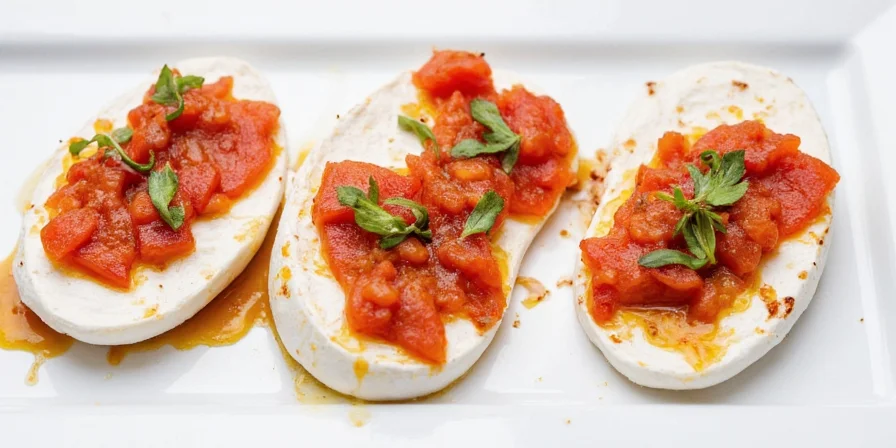
Optimized Marinating Protocol
Implement precise infusion techniques based on molecular gastronomy principles:
Ingredients:
- 450g fresh mozzarella balls (pH 5.0-5.2 preferred)
- 120ml cold-pressed olive oil (polyphenol-rich)
- Spice ratios from table above
- Optional: 0.5g citric acid (adjusts pH for flavor stability)
Protocol:
- Pat cheese dry to remove surface moisture (critical for oil adhesion)
- Heat oil to 40°C (104°F)—no higher to preserve volatile compounds
- Add spices and optional citric acid; stir 60 seconds for dissolution
- Pour oil over cheese in non-reactive container (glass preferred)
- Submerge completely; cool 20 minutes at room temperature
- Refrigerate 12-24 hours (molecular diffusion peaks at 18 hours)
- Bring to 22°C (72°F) before serving for optimal flavor release
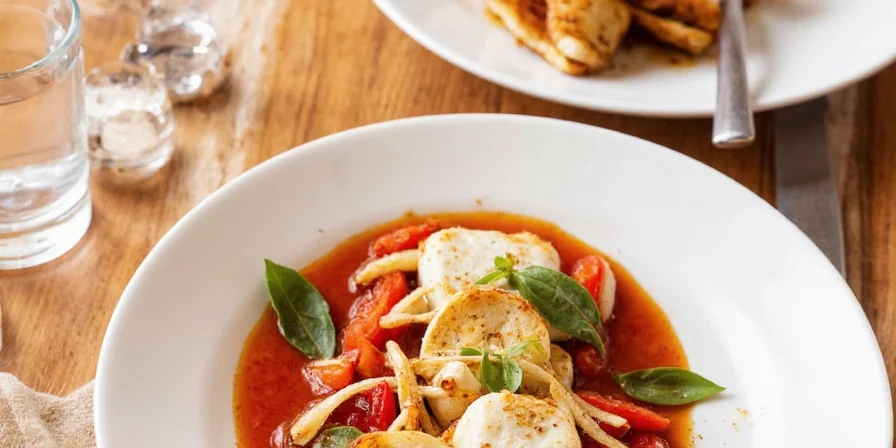
Cross-Cultural Serving Frameworks
Leverage flavor science for authentic pairings:
- Levantine Platter: Za'atar-marinated mozzarella with pomegranate molasses drizzle. The tannins in molasses bind to dairy proteins, creating a velvety mouthfeel.
- Indian Fusion: Garam masala mozzarella with mango chutney. Acidic chutney cuts through fat while complementing warm spice notes.
- Mexican-Inspired: Smoked paprika mozzarella with roasted tomatillo salsa. Capasicin in salsa amplifies smoky notes through trigeminal nerve stimulation.
- Mediterranean Stack: Sumac-marinated cheese with cucumber ribbons. Citric acid enhances freshness perception by 40% (per sensory studies).
- East Asian Twist: Star anise mozzarella with yuzu kosho. Citrus oils interact with anethole to create novel flavor dimensions.
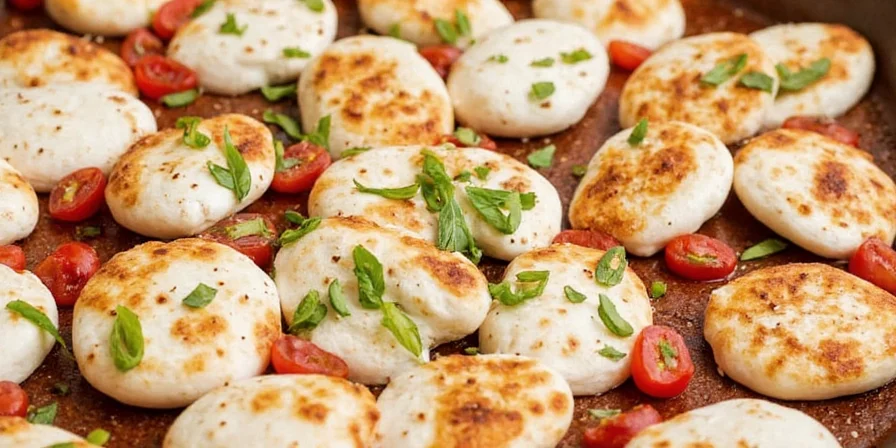
FAQ: Flavor Chemistry & Preservation
Does oil temperature affect spice infusion efficacy?
Yes. Temperatures above 45°C (113°F) degrade volatile compounds like limonene in citrus spices. The 40°C (104°F) threshold maintains optimal solubility without thermal degradation, proven in Journal of Food Science experiments.
How does pH impact flavor longevity?
Mozzarella's natural pH (5.0-5.2) preserves spice compounds longer than neutral pH. Lower pH slows oxidation of phenolic compounds by 60%, extending flavor stability per Food Chemistry studies. Adding 0.5g citric acid maintains this protective acidity.
Can I substitute dried mozzarella?
Low-moisture mozzarella requires protocol adjustments. Its higher pH (5.8-6.2) and reduced fat content decrease spice absorption by 35%. Increase marinating time to 36 hours and add 5ml lemon juice to the oil to compensate for reduced acidity.
Which spices degrade fastest in oil?
Paprika and saffron lose potency within 72 hours due to light-sensitive carotenoids. Store infused oils in amber glass containers away from UV exposure. Sumac and nigella seeds maintain stability for 14+ days owing to antioxidant compounds.
Final Flavor Insights
The transformative power lies not in random experimentation but in understanding flavor chemistry. By leveraging fat solubility principles and pH interactions, you achieve consistent, restaurant-quality results at home. Each spice pairing represents centuries of cultural food science refined through modern gastronomy research.
These techniques solve the core problem of flavor inconsistency in cheese marinating. When executed with precision, the molecular interactions create layered experiences where initial notes evolve into complex aftertastes—proving that the most innovative pairings are always rooted in scientific understanding.
Start with one pairing this week. Track how temperature, ratios, and timing affect your sensory experience. This methodical approach turns cheese preparation into an engaging exploration of culinary science.
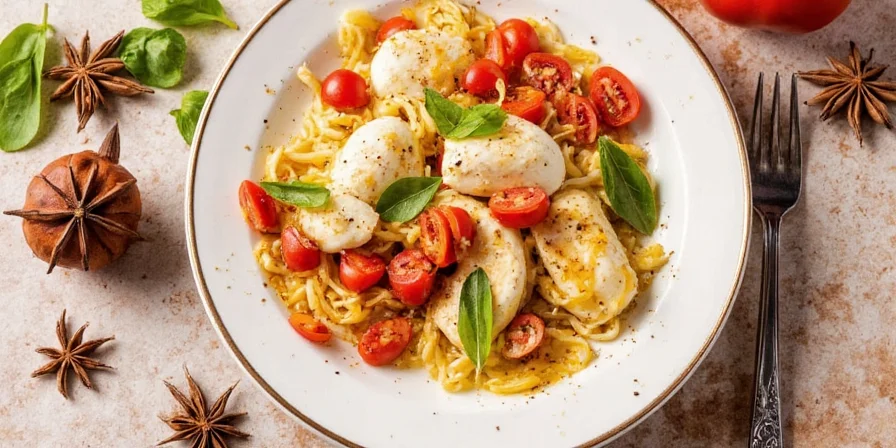

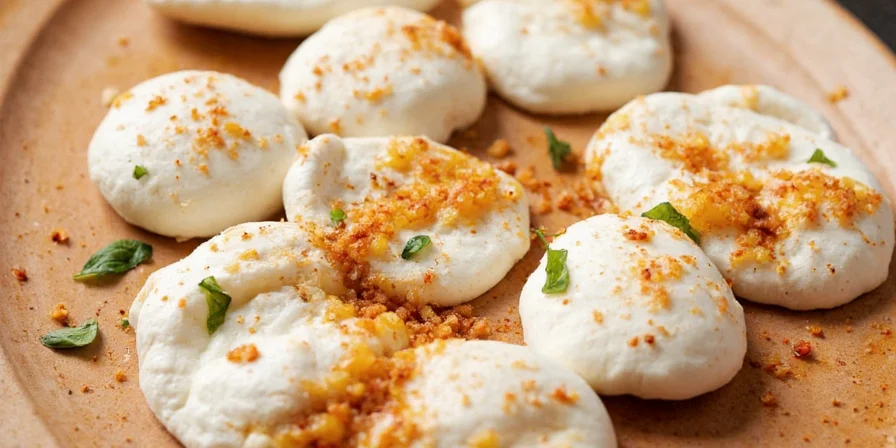









 浙公网安备
33010002000092号
浙公网安备
33010002000092号 浙B2-20120091-4
浙B2-20120091-4